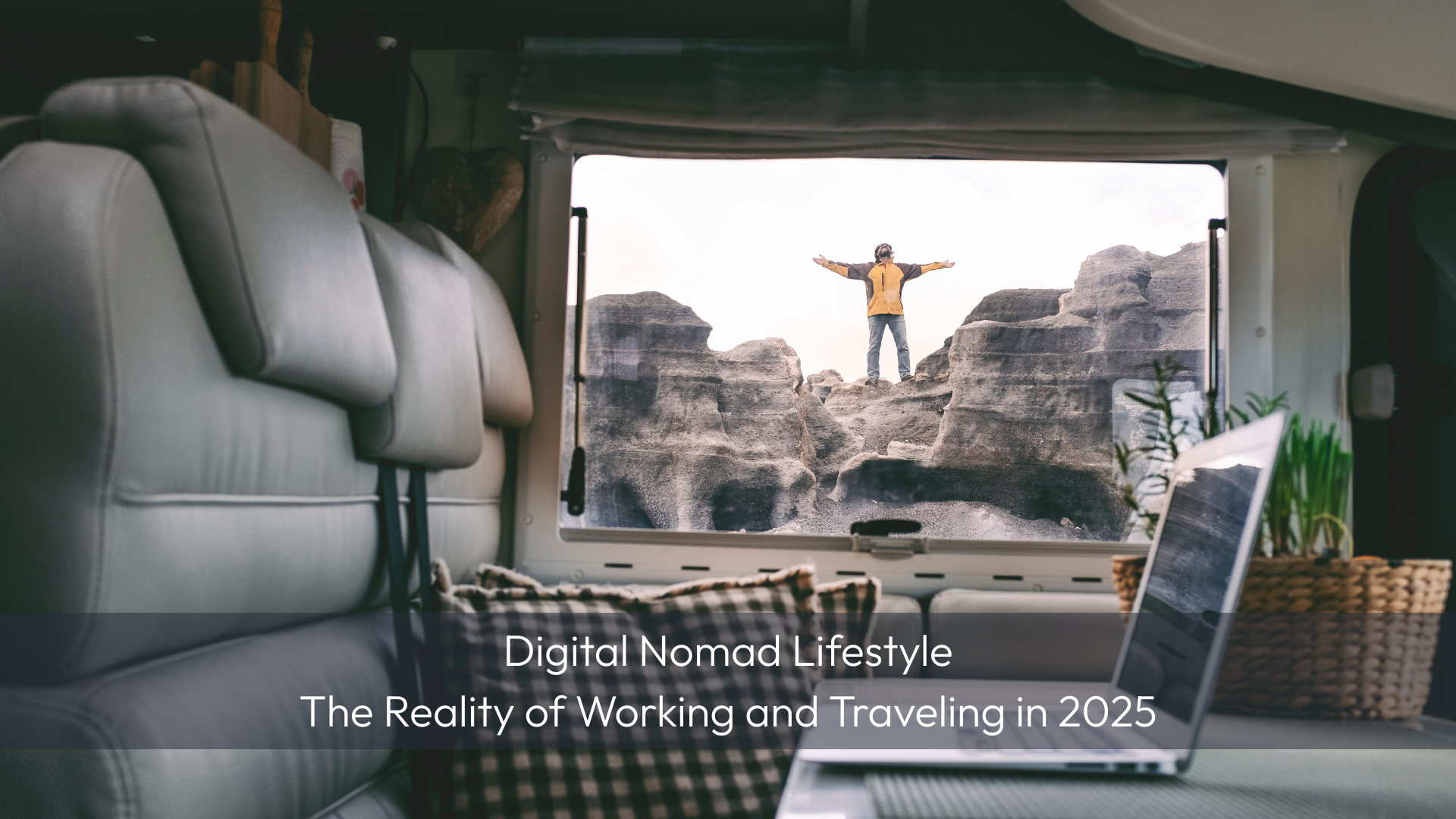The digital nomad lifestyle has evolved from a niche trend to a mainstream working method. With remote jobs, AI-powered tools, and new visa programs, more people than ever are choosing to work while traveling. But is the dream as glamorous as it seems?
Let’s explore the reality of being a digital nomad in 2025—the benefits, the challenges, and what’s next for remote workers.
1. Why More People Are Choosing the Digital Nomad Life
The shift toward remote work and flexible careers has made it easier to work from anywhere. Some key reasons why digital nomadism is booming:
- Rise of AI & Automation – Many tasks can be handled remotely, making on-site work less necessary.
- Global Remote Work Policies – More companies offer fully remote or hybrid positions.
- Nomad-Friendly Visas – Countries like Portugal, Thailand, and Spain have special visas for remote workers.
- Cost of Living Differences – Many nomads relocate to cheaper destinations while earning in stronger currencies.
💡 Example: Some companies, like Airbnb and Spotify, have adopted “work from anywhere” policies to attract top talent.
2. The Best Digital Nomad Destinations in 2025
While hotspots like Bali, Chiang Mai, and Lisbon remain popular, new cities are emerging as digital nomad hubs:
- Mexico City, Mexico – Fast-growing remote work scene with great food and culture.
- Tbilisi, Georgia – Visa-free stays are available for many nationalities, and there is a low cost of living.
- Medellín, Colombia – Spring-like weather, strong expat community, and affordable rent.
- Ho Chi Minh City, Vietnam – Fast internet, great cafes, and budget-friendly lifestyle.
- Madeira, Portugal – Launched a digital nomad village with co-working and co-living spaces.
💡 Tip: Before choosing a destination, check for internet speed, visa rules, and safety ratings.
3. Challenges Digital Nomads Face in 2025
While the nomadic lifestyle offers freedom, it comes with real challenges:
🔴 Time Zone Struggles – Working for a U.S. company while in Asia means late-night meetings.
🔴 Loneliness & Social Life – Constant travel can make it hard to form lasting relationships.
🔴 Work-Life Balance Issues – The temptation to explore can interfere with productivity.
🔴 Unstable Internet & Power – Some destinations lack reliable WiFi, affecting remote work.
🔴 Visa & Tax Complexities – Long-term stays require an understanding of international tax laws.
💡 Example: Some remote workers choose “slowed” travel, staying in each location for 6+ months to build deeper connections.
4. The Future of Digital Nomadism: What’s Next?
🔹 AI-Powered Productivity Tools – AI-driven scheduling, chatbots, and automation will make remote work smoother.
🔹 Metaverse Workspaces – Virtual offices and 3D collaboration tools will improve remote teamwork.
🔹 Decentralized Work Communities – More co-living/co-working spaces designed for nomads.
🔹 Stronger Regulations – Governments may introduce higher taxes or restrictions for long-term digital nomads.
💡 Example: Companies like Nomadlist and Remote Year are expanding their offerings to help nomads settle into new destinations faster.
5. Is the Digital Nomad Life Right for You?
Before leaping, ask yourself:
✔ Can I handle uncertainty and frequent travel?
✔ Do I have a stable source of remote income?
✔ Am I comfortable working alone and managing time zones?
✔ Do I have a financial backup plan in case of emergencies?
If you’re ready for freedom, adventure, and flexibility, the digital nomad lifestyle could be a life-changing experience. But real success requires planning, discipline, and adaptability.
Final Thoughts: The Future of Work is Anywhere
The digital nomad movement isn’t slowing down—it’s evolving. Better technology, policies, and remote work culture make working while traveling more accessible than ever.
However, as the lifestyle becomes more mainstream, nomads must find ways to balance freedom with stability.

